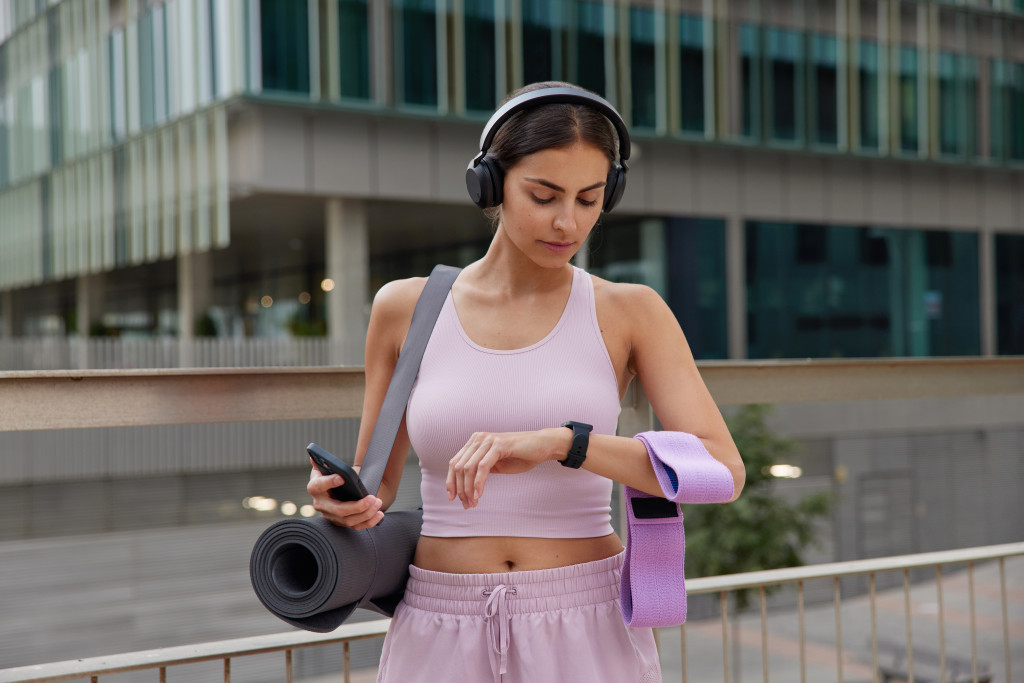The global wearable technology market is expanding rapidly due in part to the rise of connected devices and the Internet of Things (IoT). This growth is also fueled by the increasing number of technologically literate people globally. As more and more people adopt wearable technology, the market is expected to continue to grow at a rapid pace.
As technology advances, an increasing number of people are using wearable devices to track their physical activity and overall well-being. These devices offer a range of benefits, including real-time information on the user’s health and daily events. Additionally, they provide physiological data such as sleep quality, heart rate, blood oxygen level, blood pressure, cholesterol level, and calories burnt. By using wearable devices, people can better understand their health and make necessary changes to improve their overall well-being. Here’s how wearable technology can enhance your daily life:
Benefits of Wearable Technology
Wearable technology can be used to stay connected with family and friends and receive notifications from work or other important events. For example, many wearable devices allow users to receive text messages, phone calls, and email notifications. Additionally, some devices come with GPS tracking, which can be used in an emergency.
Another benefit of wearable technology is that it can help people stay active and healthy. For example, many devices come with fitness tracking capabilities, which can help people to track their steps, heart rate, and calories burned. Additionally, some devices come with sleep tracking capabilities, which can help people to ensure they are getting enough rest.
Wearable technology can also help doctors to monitor their patients’ vital signs and collect health data. For example, some devices have sensors that can measure blood pressure, heart rate, and oxygen levels. This data can track the user’s health and make necessary changes to improve their well-being.
Different Types of Available Wearable Technology
There are many types of wearable devices available on the market. Here are some of them:
Fitness Trackers
Fitness trackers are devices worn on the wrist or body to track fitness data such as daily steps taken, heart rate, and calories burned. Some fitness trackers also come with sleep tracking capabilities. You can use trackers to monitor your fitness progress and make necessary changes to improve your overall health.
Smartwatches
A smartwatch is a wearable device worn on the wrist and typically allows you to do basic smartphone functions on your wrist, such as making calls or sending texts. It also has GPS tracking, music playback, and fitness tracking capabilities. They are often connected to your phone and require a data connection to work.

Smart Glasses
Smart glasses are a type of wearable device worn on the head and can be used to help users with visual loss or impairments. For instance, if you’re beginning to experience central vision loss due to age, it might be difficult to see things directly in front of you, like people or objects. Then, reliable glasses for macular degeneration can help you see things by magnifying objects and providing real-time information about your surroundings.
Body-worn Cameras
A body-worn camera, or BWC, is a wearable device worn on the body and typically used to capture video footage. BWCs are often used by law enforcement officers to document their interactions with the public. They can also be used by vloggers and travelers who want to record their adventures and share them with others.
Choosing the Right Wearable Technology
When choosing a wearable device, it is important to consider your needs and preferences. For example, if you are looking for a device to track your fitness data, you may want to consider a fitness tracker. However, if you are looking for a device to receive notifications from your smartphone, you may want to consider a smartwatch.
It is also important to consider the battery life of the device, its durability, and other functions you might not initially know of. For example, if you are looking for a device to wear while working out, you will want a device that has long battery life and can withstand sweat and water. Likewise, suppose you are looking for a device to wear while hiking or camping. In that case, you will want a durable device that can withstand the elements.
Wearable technology is becoming increasingly popular as people find convenient ways to connect to the internet and their devices. Different types of wearable technology are available, each with its own benefits. Choosing the right wearable technology for your needs is essential to get the most out of it.

